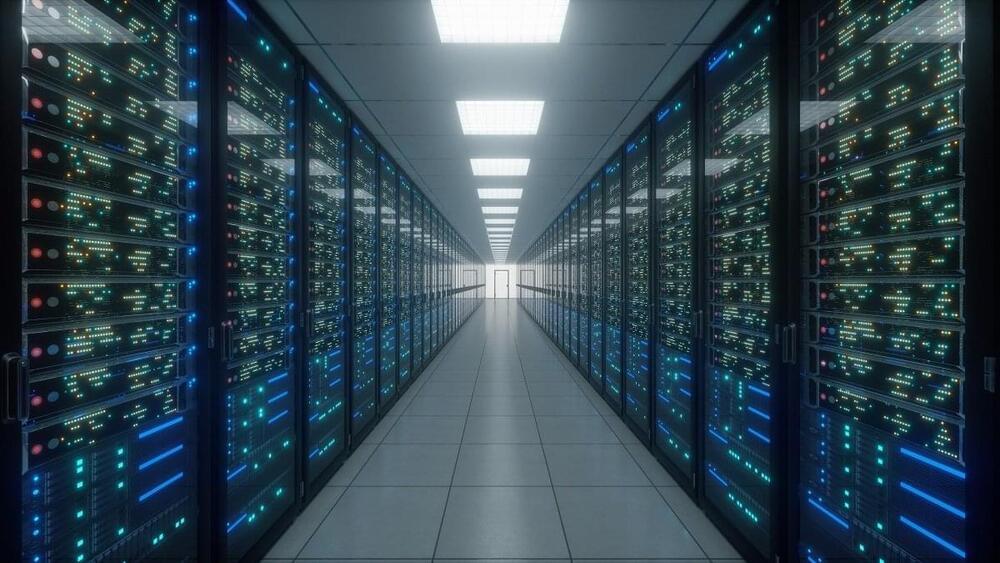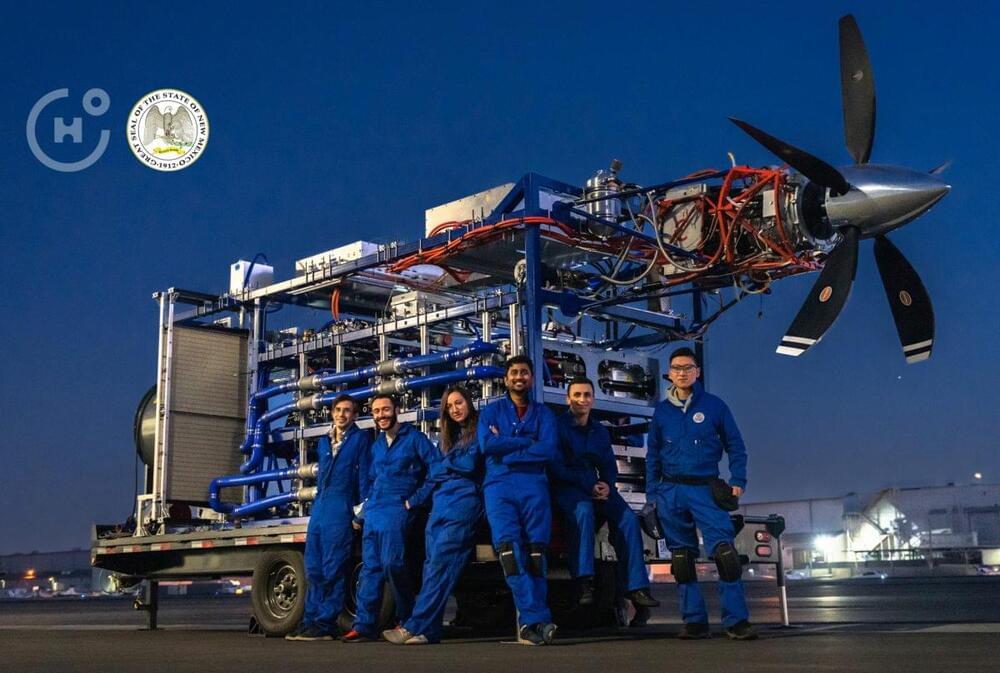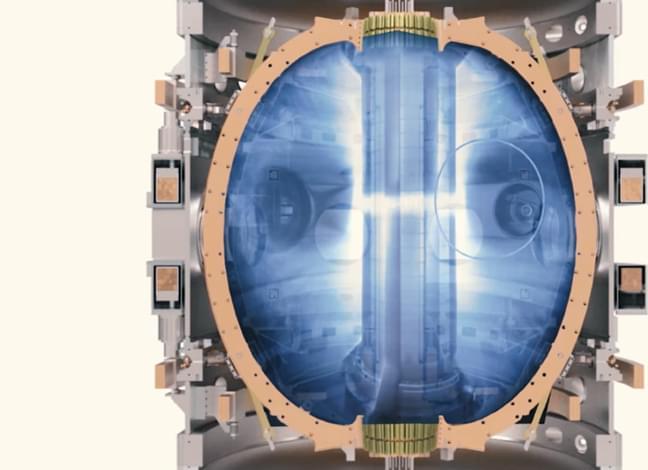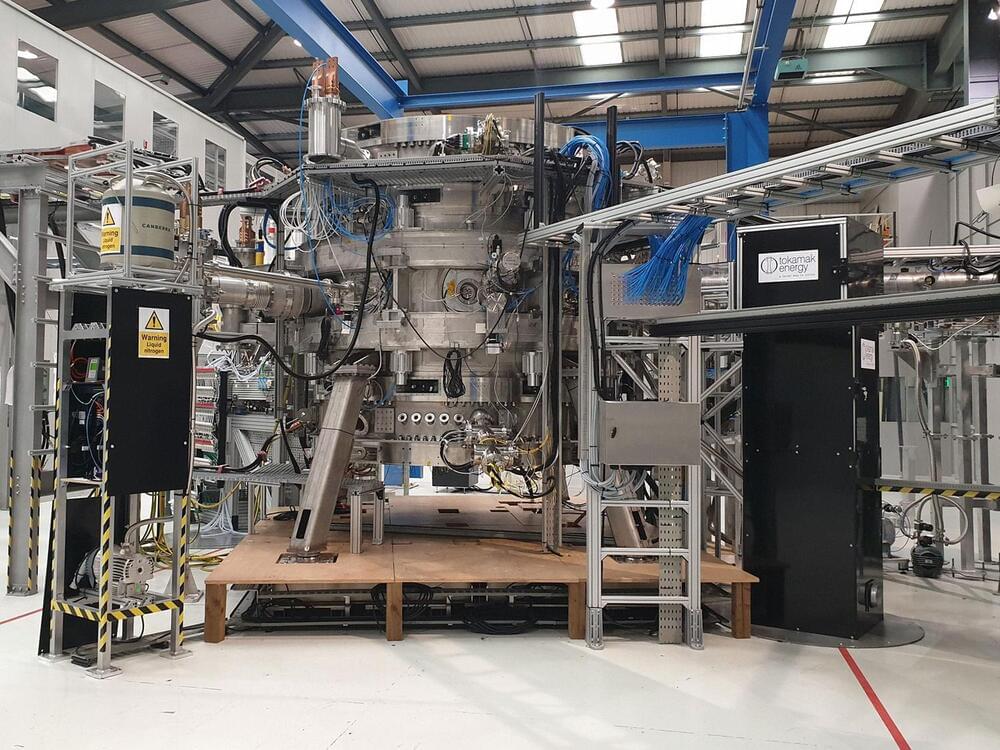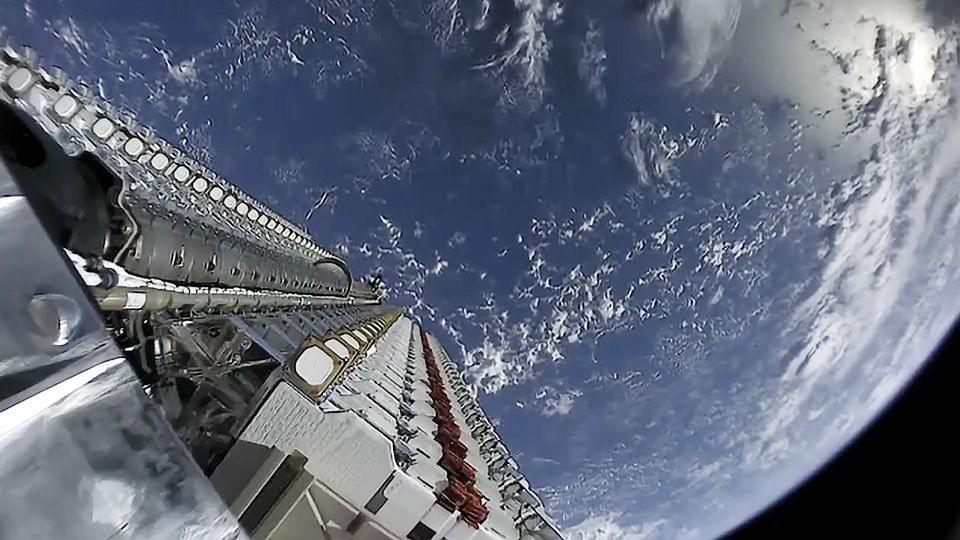Advancing Space Tech For Future Missions — Dr. Douglas Willard, Ph.D., Game Changing Development Program, Space Technology Mission Directorate, NASA
Dr. Douglas E. Willard, PhD, (https://www.nasa.gov/directorates/spacetech/game_changing_de…g-willard/) is Program Element Manager, Game Changing Development Program, Space Technology Mission Directorate, at the U.S. National Aeronautics and Space Administration (NASA).
The Game Changing Development (GCD) Program advances space technologies that may lead to entirely new approaches for the Agency’s future space missions and provide solutions to significant national needs. GCD collaborates with research and development teams to progress the most promising ideas through analytical modeling, ground-based testing and spaceflight demonstration of payloads and experiments and their efforts are focused on the mid Technology Readiness Level (TRL) range 0, generally taking technologies from initial lab concepts to a complete engineering development prototype. The Program employs a balanced approach of guided technology development efforts and competitively selected efforts from across academia, industry, NASA, and other government agencies.
GCD strives to develop the best ideas and capabilities irrespective of their source. The Program’s investment in innovative space technologies directly supports NASA’s mission to “Drive advances in science, technology, and exploration to enhance knowledge, education, innovation, economic vitality, and stewardship of Earth”. GCD’s focus on transformative space and science technologies will enable science missions and NASA’s Artemis Program. Additionally, GCD’s technology developments serve as a stimulus to the U.S. economy while providing inspiration and opportunity to our nation’s youth.
Previously, Dr. Willard was the Deputy Division Chief of the Laboratories, Development and Testing Division at the NASA’s Kennedy Space Center. He served in many leadership roles at Kennedy, including Chief Engineer for Research & Technology Development and Branch Chief of the Engineering Analysis Branch within the Engineering Directorate. He also served for many years as a research physicist in Kennedy’s Applied Physics Lab.
